Talking about the Design Technology of Home Theater Speakers

one. The effect of home theater speakers For the debate about home theater speakers, some people think that there is no distinction between home theater speakers and Hi-Fi speakers. As long as the speakers are properly designed, it can be applied to both Hi-Fi systems and home theater systems. From a reasonable point of view, this sentence is not wrong at all, but we have been exposed to a lot of high-end Hi-Fi speakers and home theater speakers in our usual work, and found that home theater speakers do have some unique design Where. However, before introducing the design of home theater speakers, let's take a look at the effects of home theater speakers and the focus of the design. The home theater speaker is a simplification of the professional cinema sound reinforcement box. Compared with the Hi-Fi speaker, its performance requirements are closer to the professional cinema sound reinforcement box. Home theater speakers require a large enough sound pressure, a wide dynamic range, a very low distortion and a straight frequency response, while being able to withstand high-power inputs, ensuring long-term work is not easily damaged. In terms of sound effects, home theater speakers should provide the audience with excellent sound envelopment, strong and fast low frequency and clear sound reproduction. The purpose is to bring the immersive effect to the audience and fully engage the audience. In the plot of the movie, this is the effect that the home theater speaker pursues.
two. The technical requirements of the home theater speaker to the unit are to produce excellent home theater speakers, and an excellent speaker unit is essential. Due to the emergence of high-definition audio formats such as DTS-HD MA and Dolby True-HD, the specifications of this high-definition audio format are as high as 24bit/96kHz or even 24bit/192kHz, which means that the new format is the amount of information and the dynamics of the sound. Both range and frequency response have been greatly improved over the old format. Therefore, the material of the speaker unit must be modified according to the new format. The most common method is to use a new material to make the diaphragm and voice coil, which makes the diaphragm and voice coil lighter and more rigid. Redesign the magnetic circuit and heat dissipation. The system strengthens the magnet's magnetic force and heat dissipation to improve efficiency and power carrying capacity, etc., so that these new audio formats can be perfectly reproduced. It requires the speaker unit to have higher output, stronger dynamics, and higher load. Power capability and lower distortion are the development direction.
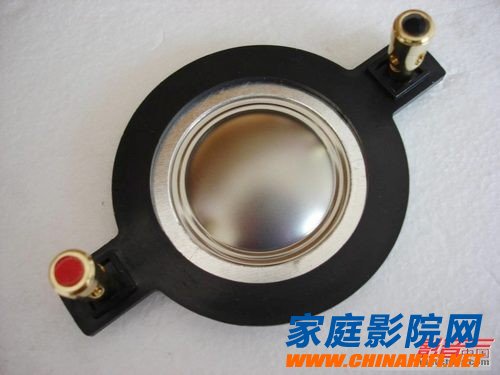
Titanium is used as the diaphragm material and is mainly used in tweeters. Titanium is not only light in weight but also good in rigidity, so it has high vibration speed and high sensitivity. It can increase the upper limit of the replay frequency and output a large sound pressure, and the heat resistance of titanium is very good, so it can withstand large power. But the cost is relatively high, so only some of the top speakers will be applied. For example, the 045 Ti-1 treble compression driver used in the JBL Project Array series and the diaphragm of the new high-pitched compression driver from Klipsch are made of titanium. [page]
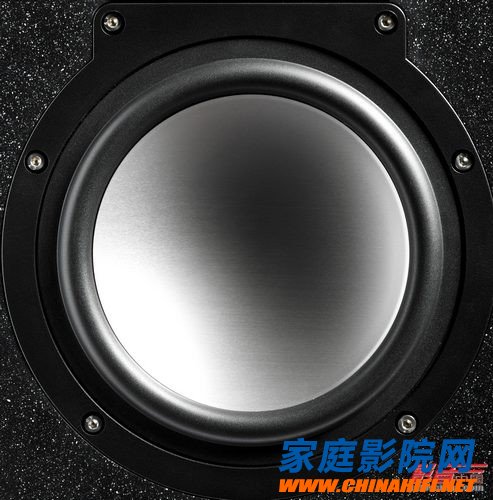
Aluminum is also a material with a high application rate, mainly used in midrange and woofer units. Aluminum is light in weight and has good thermal conductivity, but its rigidity is not as good as titanium. Therefore, manufacturers usually add other materials to increase its rigidity. The Klipsch THX Ultra2 System's mid-bass and woofer's cones are made from a composite of ceramic and aluminum.
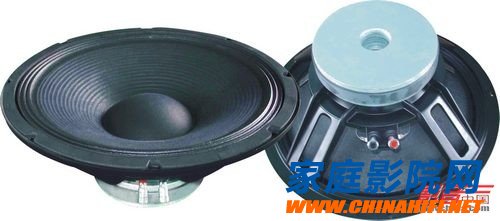
In terms of woofer, the famous JBL company likes to use paper as the material of the cone. These papers have been specially treated to achieve good rigidity and light weight, and can output energy and clear low frequency. In addition, the B&W CT700 series woofer uses Kevlar as the main material, and then mixes the paper into it to make the woofer's cone, which also achieves light weight and high rigidity. It can be seen that manufacturers can apply various methods in the production of diaphragms.

Because the voice coil is connected to the diaphragm, it also requires a lightweight design. At present, most speaker manufacturers like to use aluminum wire to wrap the voice coil. In addition to the purpose of light weight, it also has good heat resistance, which can improve the power carrying capacity of the unit.
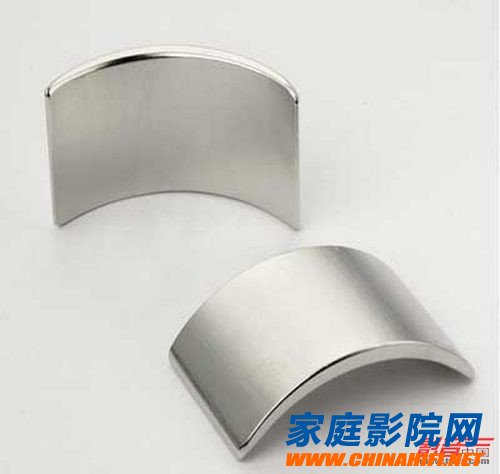
The advantage of neodymium magnetism is that the magnetic force is much stronger than that of a normal magnet, which helps to improve the efficiency of the unit, and is therefore widely used by speaker manufacturers.
three. Commonly used technology in home theater speakers
In addition to the excellent performance of the speaker unit, the rational use of the unit is also very important. Since home theater speakers include front main channel speakers, center speakers, surround speakers and subwoofers, each has its own function, so they have their own characteristics in the application and layout of the speaker unit. Among the products we usually touch, horn speakers, matrix/line array units, dipole speakers, push-pull bass, passive passive radiators, etc. are all commonly used in home theater speakers. What are their characteristics? The following will introduce you.
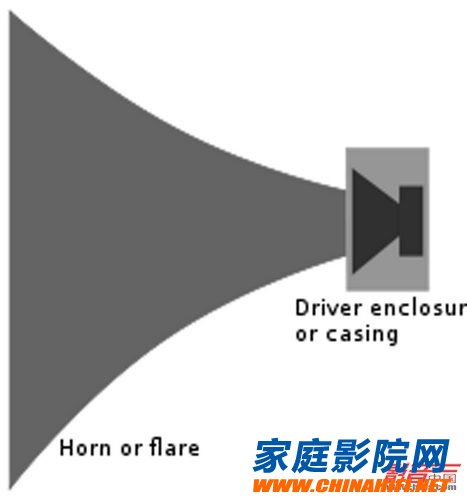
1. Horn speaker technology
The horn speaker technology is one of the speaker technologies used in home theater speakers. It is also a sound reinforcement technology frequently used in professional fields (such as stage and theater sound reinforcement). Its advantages are far sound transmission distance, high sensitivity, and high output sound pressure. And the direction is strong. In terms of sound, the horn loudspeakers are amazingly dynamic, straight, and have a lot of detail, and there is a feeling that is very close to the scene. Therefore, if you have a large (40 square meters or more) independent audio-visual room, then the horn speaker is definitely the first choice. At present, brands that use horn loudspeakers to make home theater speakers and are familiar to Chinese people include JBL Synthesis, PHC, Procella Audio, Klipsch, and Zingali.
The horn loudspeaker is mainly used in front-channel speakers and surround speakers in home theater speakers. Although there are many manufacturers of horn loudspeakers to make home theater speakers, the design between them is not the same. Among them, the diffusion range of sound is one of the important indicators of the horn loudspeaker, which affects the reproduction ability of the sound field. It is determined by the horizontal spread angle and vertical spread angle of the horn loudspeaker. In a home theater system, the speaker is required to have a sufficiently large range of sound spread to ensure good results at every location in the viewing room. Therefore, each manufacturer has made the horn loudspeaker's diffusion range as wide as possible, thus designing a variety of different horns. For example, the elliptical horn unit used on the Procella Audio P6/P8/P815 can reach 50° (vertical) × 80° (horizontal), while Klipsch's Tractrix horn technology can reach 90° (vertical) × 60° ( Horizontal), allowing each location to hear a very stereo sound field and accurate positioning. In addition, Zingali's unique Omniray Horn technology claims to reach a diffusion range of 140° (vertical) × 360° (horizontal). This wide diffusion range means that the speaker can be placed more easily, even without the inner corner. Get a good sound field and positioning. [page]
On the drive side, compression drives have long been a good partner for horn loudspeakers. The principle of the compression drive is to install a small throat in front of the diaphragm. When the diaphragm drives the air through the throat, it will be compressed, concentrate the air energy to a point, and then spread the sound through the horn to improve efficiency. Increase the distance traveled by the sound. Like the JBL Project Array 1400 BG, the Klipsch KL-525-THX, and the Procella Audio P8/P6/P815 are horn loudspeakers with compression drivers, so they all deliver powerful dynamics and realistic sound effects in a large space. . In addition, some manufacturers of horn loudspeakers use a conventional dome speaker unit in the driver section. For example, Italy's Zingali is a good example. It believes that the efficiency of its dome unit is already high, and there is no need to use a compression driver to increase the efficiency of the speaker. In addition, the Omniray Horn itself has a large diffusion range, and the depth of the horn is shallow, so the sound propagation distance is not as far as the above speaker, so it is more suitable for listening in the near field. Welcome to China Home Theater Network!

JBL Project Array 1400 BG
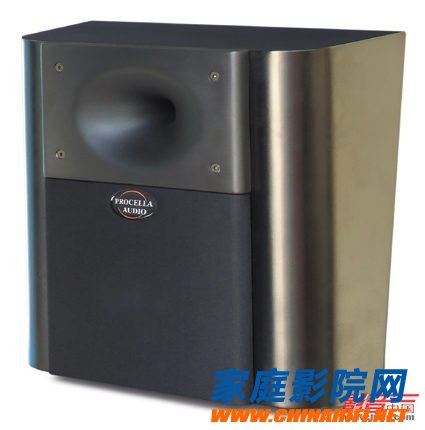
Procella Audio P8
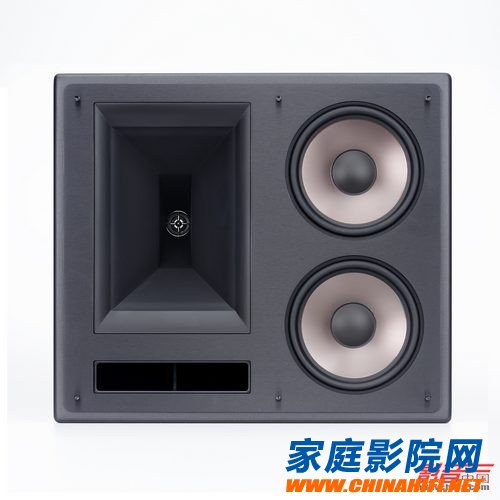
Klipsch KL-650-THX
The horn part of the JBL Project Array 1400 BG is modular and integrates high-pitched and mid-range drivers. Among them, the treble driver is designed horizontally, its horizontal diffusion range is 60° (horizontal) × 30° (vertical), while the midrange driver is vertical, its vertical diffusion angle is quite wide; Procella Audio's elliptical horn can reach 50° (Vertical) × 80°; Klipsch KL-650-THX speaker Tractrix Horn can reach 90° (vertical) × 60° (horizontal) diffusion range, and these drives use a compression driver, so the sound energy is strong and dynamic.
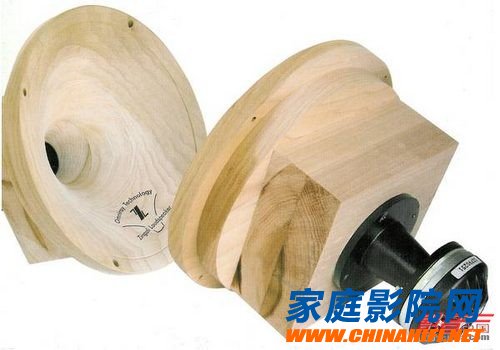
Zingali's Omniray Horn (full range of horns) claims to have an ultra-wide spread of 140° (vertical) × 360° (horizontal), theoretically covering all listening positions, giving each listener the best results.
2. Matrix/Linear Array Cell Arrangement Technology
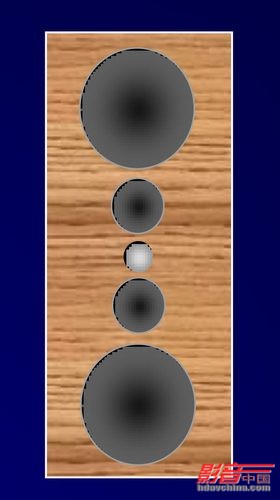
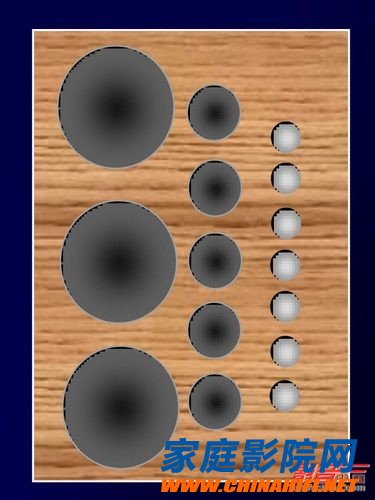
Matrix/linear array cell alignment technology is also commonly used in professional sound reinforcement. It is also used in home theater speakers, usually used in front channel speakers, and some large subwoofers also use these two technologies. Among them, the matrix unit arrangement is characterized in that a plurality of speaker units are arranged in a matrix manner and work together, and the linear array unit arrangement technique is composed of a group of radiation units arranged in a straight line and closely arranged with each other, and has the same Amplitude and phase, they have the advantage of effectively increasing the sound coverage and increasing the output sound pressure, and more than the same speaker unit works at the same time, the power of the amplifier will be equally divided by the speaker unit, thus improving the power capacity of the speaker. . The sound pressure, dynamics and energy emitted by the speakers using these two technologies are truly amazing, in line with the audio requirements of home theater. At present, the famous MK Sound S-150 LCR front channel speaker adopts the matrix double midrange three tweeter arrangement technology. The James Loudspeaker BE 812E, BE808E, two top-of-the-line embedded speakers use linear array cell alignment technology.
However, regardless of whether a matrix or a linear array is used, since the relationship of multiple identical units is involved at the same time, the output power requirement of the amplifier is relatively high, and it is often necessary to use a power amplifier with a larger power to obtain a good effect. . In addition, its consistency requirements for the unit are quite high, as long as the deviation between the units will result in blurry sound image localization, affecting the sound performance.
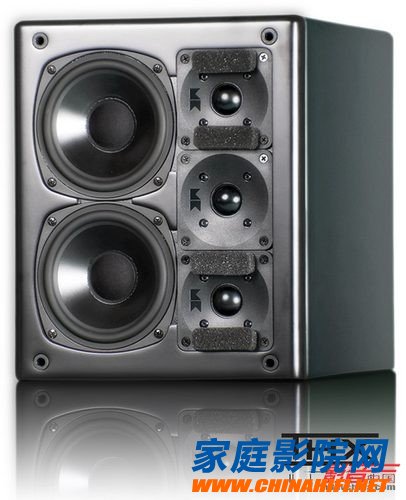
MK Sound S-150 LCR main speakers are arranged in a matrix to expand horizontal sound coverage
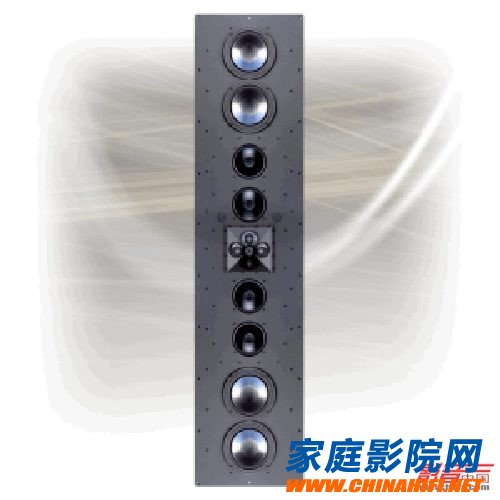
James Loudspeaker BE812E
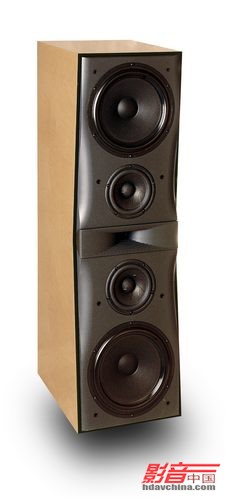
Traid Platinum LCR
The units of the James Loudspeaker BE812E and Traid Platinum LCR speakers are arranged in a line array to increase the sound coverage in the vertical direction.
[page]
4. Dipole speaker (two-way sound technology)
The dipole speaker is a surround speaker recommended by THX. It is a two-way sound like the bipolar speaker. The difference is that the forward and backward speakers of the dipole speaker are inverted and signaled. The sound radiation pattern is radiated in an inverted figure of eight to the front and rear walls, and then the sound is reflected by the front and rear walls to create a surround sound effect. Therefore, the dipole surround speaker must face the zero area of ​​the speaker when it is placed. The reason why the dipole speaker is recommended by THX as a surround sound box is because THX believes that the surround sound effect created by the dipole speaker is better than that of the conventional direct radiation type speaker, especially the wide sense and spatial sense of the surround sound field. Especially outstanding, will not let the audience notice the position of the speaker. Therefore, basically THX-certified surround speakers use such speakers, such as Atlantics Technology IWTS-30 SR, 8200e SR, Crystal Acoustics THX-D-BGL, Klipsch KS-525-THX, KS-7800-THX and so on.
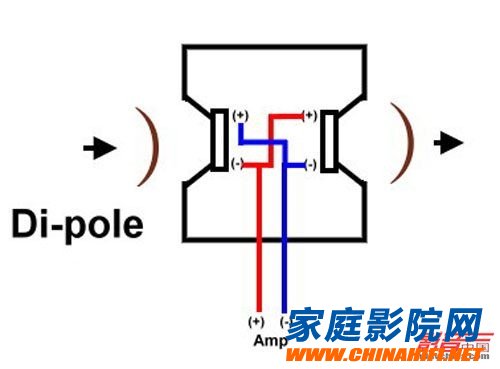
Although the surround sound created by the dipole surround speakers works well, some manufacturers think that the two-way sound speakers are not smooth enough in terms of sound image movement. For this reason, the dipole surround speakers have been improved, and the “Zero Zone†has been eliminated. The speaker unit is installed in the original “Zero Zone†position to design a three-way sounding dipole surround speaker (Tripole Loudspeaker). This kind of speaker is actually a combination of direct radiating speakers and dipole surround speakers, combining the advantages of both. The three-way surround speaker has a larger sound coverage than the dipole surround speaker, and the details are more and more, and the sound image movement is smoother and more consistent. Therefore, this technology is often used only in some top surround speakers. The top surround speakers such as MK Sound SS150, SS250P (discontinued) and JBL Systhensis S4AI are three-way surround sound boxes.
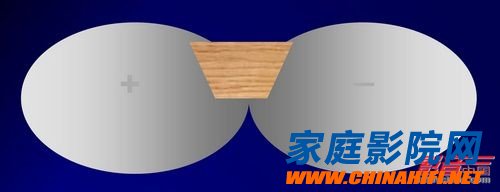
Sound radiation pattern of dipole surround speakers

Atlantics Technology IWTS-30 SR Embedded Surround Speaker 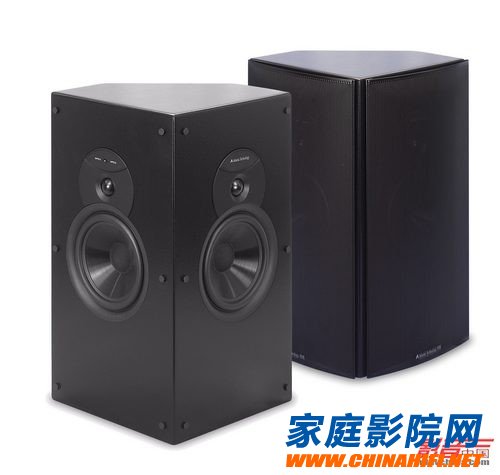
Atlantics Technology 8200e SR Surround Speaker 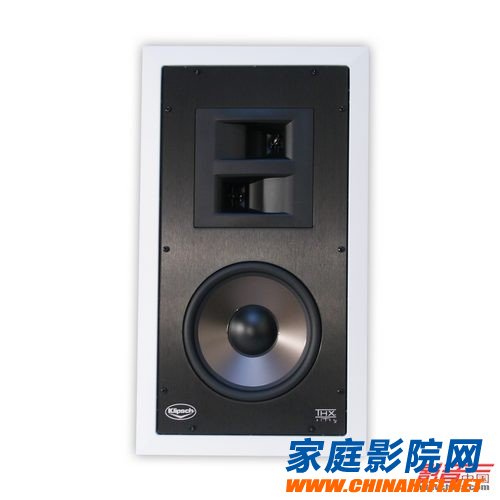
Klipsch KS-7800-THX Embedded Surround Speaker
Atlantics Technology IWTS-30 SR, 8200e SR, Klipsch KS-7800-THX are dipole surround speakers
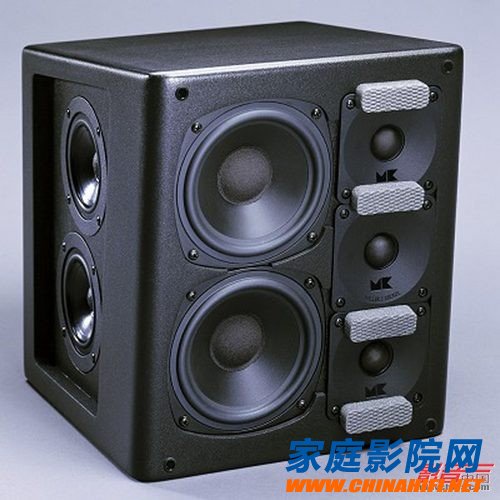
MK Sound SS-150 THX three-way surround speaker 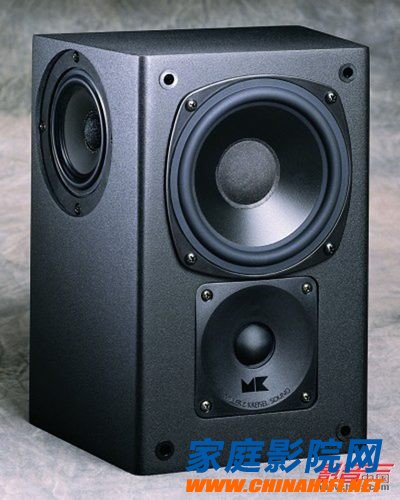
MK Sound SS-250 top three-way surround speaker (discontinued) 
JBL Synthesis S4AI top three-way surround speaker
MK Sound SS-150 THX, SS-250 and JBL Synthesis S4AI are three-way surround speakers with three-way sound capability for wider sound coverage and better sound detail
[page]
6. Push-pull bass technology / passive radiator technology
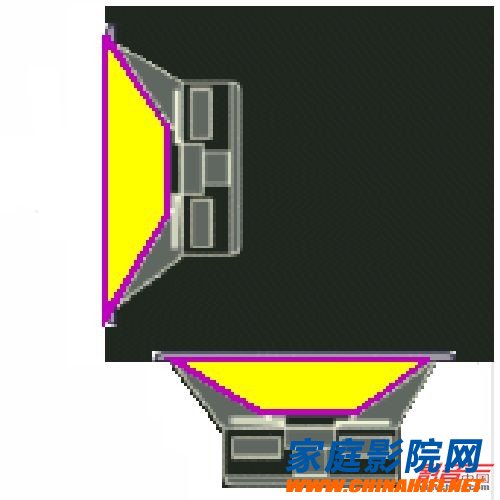
Push-pull bass technology and passive radiator technology are commonly used in subwoofers. Because the home theater requires the subwoofer to output a maximum sound pressure of 115dB without distortion, it is 10dB higher than the maximum output sound pressure of the main channel speaker and surround speakers! In this way, the effect of shaking the ground can be created. But for the ordinary family environment, due to limited space, you can't put several large subwoofers at home. Therefore, a home-type subwoofer must be capable of emitting a low frequency of sufficient energy in a small volume.

Push-pull bass technology is a technology developed for this purpose. It was developed by MK Sound in 1989. A subwoofer using this technology must use two woofer units and be of a closed design, with the two woofer units facing each other out. When working, the two units work in opposite directions. When the unit moves inward, the other unit also moves inward at the same time. At this time, the two subwoofers are quickly returned by the strong pressure gathered in the box and immediately acted on the next signal. The phase of these two units is just one positive and one reverse. In other words, although they are two units, they reach the motion path of one unit at the same time. The advantage of this design is that it can eliminate the nonlinear distortion caused by the shock shift of the basin when only one unit is used, because the vibration of the basin will not be fixed on the same path, which will cause insufficient resolution and dynamics. Insufficient phenomenon. The push-pull bass technology allows the subwoofer to deliver amazingly low distortion and powerful energy at very low frequencies, and to achieve excellent speed with explosive unit motion.
In addition, passive radiator technology can also effectively enhance low-frequency energy, and is also widely used in subwoofers. Subwoofers using this technology usually include an active woofer and a passive woofer. Among them, the passive woofer does not have any voice coil and drive magnet, only one diaphragm, its work is to drive the air inside the box under the vibration of the active woofer, so that more low frequency can be obtained in a smaller box. Energy can also make the low frequency dive deeper. For example, Velodyne Micro Vee, Definitive Technology SuperCube I/II/III/Reference four subwoofers, James Loudspeaker EMB series subwoofers are subwoofers with passive radiator technology.
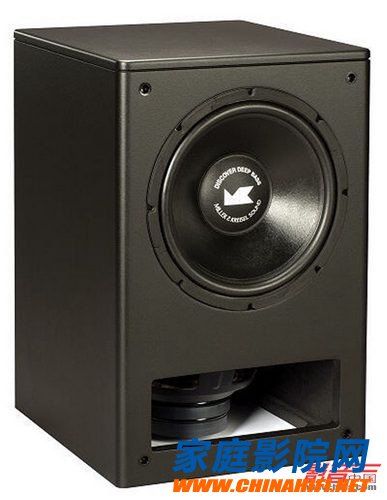
The MK Sound MX-350 THX is a subwoofer with push-pull bass technology. As you can see from the figure, the two woofers are mounted on the front panel and the bottom, and the unit works in an anti-phase manner.
The Velodyne Micro Vee and Definitive Technology SuperCube series are subwoofers with passive radiators that use an active woofer to drive two passive radiators. Among them, the active woofer is mounted on the front panel, and the two passive radiators are mounted on the left and right sides, thus enabling the small cabinet to emit powerful low-frequency energy.
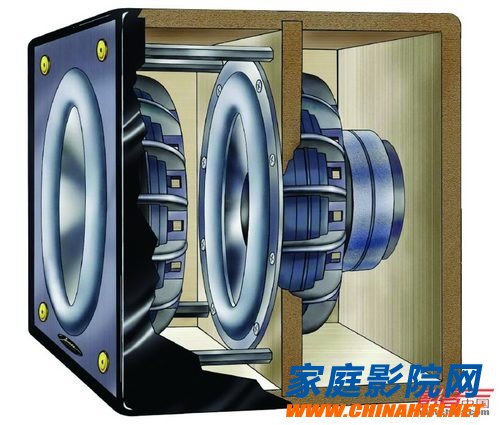
James Loudspeaker's EMB series of subwoofers are also subwoofers that use passive radiators, but they are somewhat different in design. The active woofer is installed inside the cabinet, the radiation direction of the two is the same, and the two units work in the same phase, which can also enhance the low frequency energy.
KN95 Protecive face masks adopt the GB2626-2006 standard, which stipulated the production and technical specifications of respirators .there is strict requirements on materials, structure, appearance, performance, filtration efficiency , breath resistance, test methods, product identification and packaging.
Protective Face Mask,Anti-particulate Protective Mask,Face Mask KN95,Non Medical Face Mask
Jilin Province Wanhe light Co.,Ltd , https://www.wanhelight.com